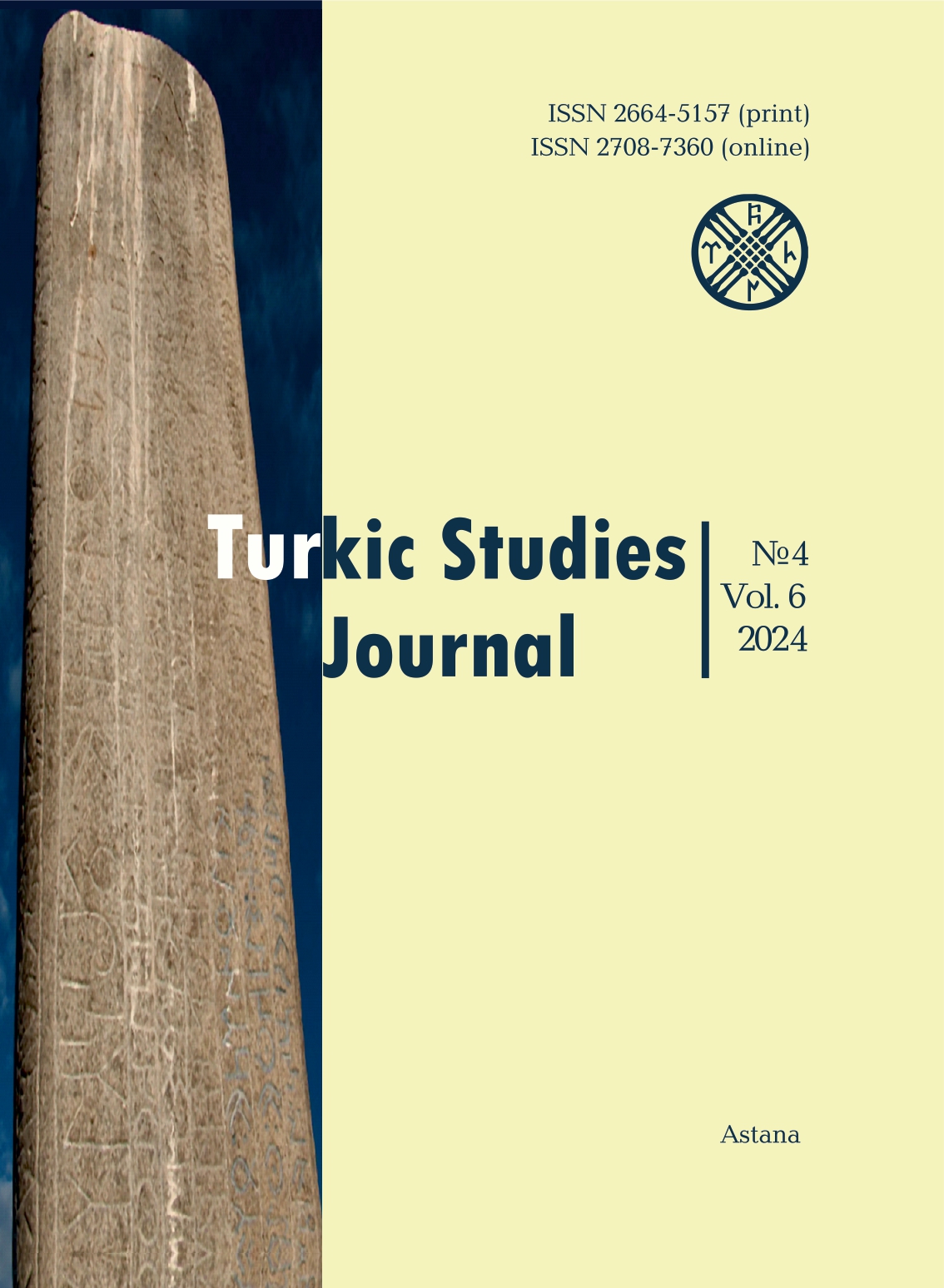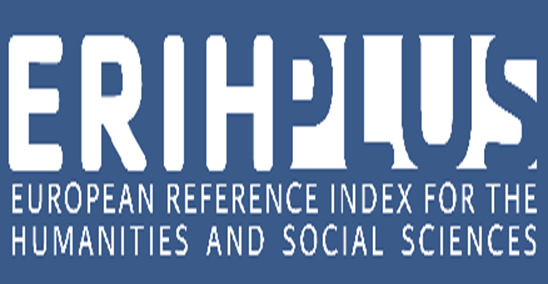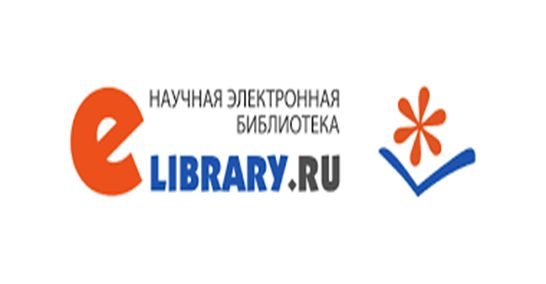Word formation and inflection of non-substantive lexico-grammatical classes in the ancient Turkic language
Views: 223 / PDF downloads: 145
DOI:
https://doi.org/10.32523/2664-5157-2024-4-72-89Keywords:
runic texts, language of ancient Turkic runic manuscripts, morphology of Turkic languages, adjectives, adverbs, numerals, word formation, inflectionAbstract
In this article, the author turns to the material of the first written language of the Turks, namely the language of ancient Turkic runic inscriptions. The monuments date from the period between the 6th and 9th centuries and consist of texts carved on stone surfaces using specific runic signs. This language is of interest from a number of perspectives, but this study focuses on the morphology of parts of speech that are rarely discussed in specialized Turkic literature, namely adjectives, adverbs and numerals. A comprehensive examination of the language in question reveals that, despite its ancient origins, it has already developed a sophisticated system of word formation for non-substantive categories. Adjectives can be formed using a variety of forms, and adverbs have at least one word formation form. The sphere of inflection (formation) also begins to emerge; in the language of this period, it primarily affects numerals, which possess both ordinal and collective forms. The author refers to the latter forms under inflection rather than word formation due to the fact that the newly formed numeral forms do not change their original lexical meaning, continuing to express specific quantities.
Downloads
Reference
Губайдуллина М.Э., 2003 О многофункциональности морфологических единиц (на примере формы –yn) как следствии особенности строя тюркских языков // Материалы конференции, посвященной 100-летию со дня рождения проф. В.И. Цинциус. (13-14 октября 2003 г.). Санкт-Петербург: Наука. С. 100-107.
Гузев В.Г., 1987. Очерки по теории тюркского словоизменения: Имя: На материале староанатолийско-тюркского языка. Ленинград. 144 с.
Дмитриев Н.К., 1960. Турецкий язык. Москва. 93 с.
Дубровина М.Э., Камалова Ш.Н., 2017. О понятии «синтаксическая модель» применительно к тюркским языкам (на материале языка древнетюркских рунических памятников) // Современные проблемы гуманитарных наук. Сборник научных трудов по итогам IV международной научно-практической конференции. Казань. С. 61-65.
Камалова Ш.Н., 2023. Модели косвенного дополнения в языке древнетюркских рунических памятников// Филологические науки. Вопросы теории и практики. Т. 16. № 11. С. 3809-3815. DOI: https://doi.org/10.30853/phil20230582
Кляшторный С.Г., 1971. Руническая надпись из Восточной Гоби //Studia Turcica. Budapest: Akadémiai Kiadó. С. 249-258.
Кляшторный С.Г., 2006. Памятники древнетюркской письменности и этнокультурная история Центральной Азии. Санкт-Петербург. 591 с.
Кононов А.Н., 1980. Грамматика языка тюркских рунических памятников VII-IX вв. Ленинград. 255 с.
Кормушин И.В., 2020. Язык орхонских и других рунических памятников как древнетюркское литературное койне смешанного уйгуро-огузского характера // Mongolica. 2020. Т. 23. № 2. С. 26-29.
Мельников Г.П., 1969. Синтаксический строй тюркских языков с позиций системной лингвистики // Народы Азии и Африки. М.: Издательство «Наука». № 6. С. 107.
Мельников Г.П., 2003. Системная типология языков. Москва. 395 с.
Потебня А.А., 2024. Из записок по русской грамматике. Составные члены предложения и их замены в 2-х ч. Часть 1. Москва. 292 с.
Севортян Э.В., 1966. Аффиксы именного словообразования в азербайджанском языке. Опыт сравнительного исследования. Москва. 436 с.
Севортян Э.В., 1963. Из истории прилагательных в тюркских языках // Тюркологические исследования. Москва - Ленинград: Изд-во АН СССР. С. 58- 68.
Серебренников Б.А., Гаджиева Н.З., 1986. Сравнительно-историческая грамматика тюркских языков. Издание 2-е, исправленное и дополненное. Москва. 302 с.
Щербак А.М., 1977. Очерки по сравнительной морфологии тюркских языков. (Имя). Ленинград. 191 с.
Guzev V.G., Kljashtornyj S.G., 1995. The Turkic Runic script: Is the hypothesis of its indigenous origin no more viable? // Rocznik Orientalistyczny. T. XLIX. Zeszyt 2. Warszawa. P. 83-92.
Korkmaz Z., 1962. Türkcede eklerin kullanılış şekilleri ve ek kalıplaşması olayları. Ankara. VIII + 98 c.
Radloff W., 1897. Die Alttűrkischen Inschriften der Mongolei. Sankt-Petersburg. VII. 181 p. + 36 p.
Tekin T., 1988. Orhon yazıtları. Ankara. 200 s. + 23, 11, IV tabl.


























